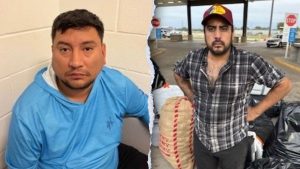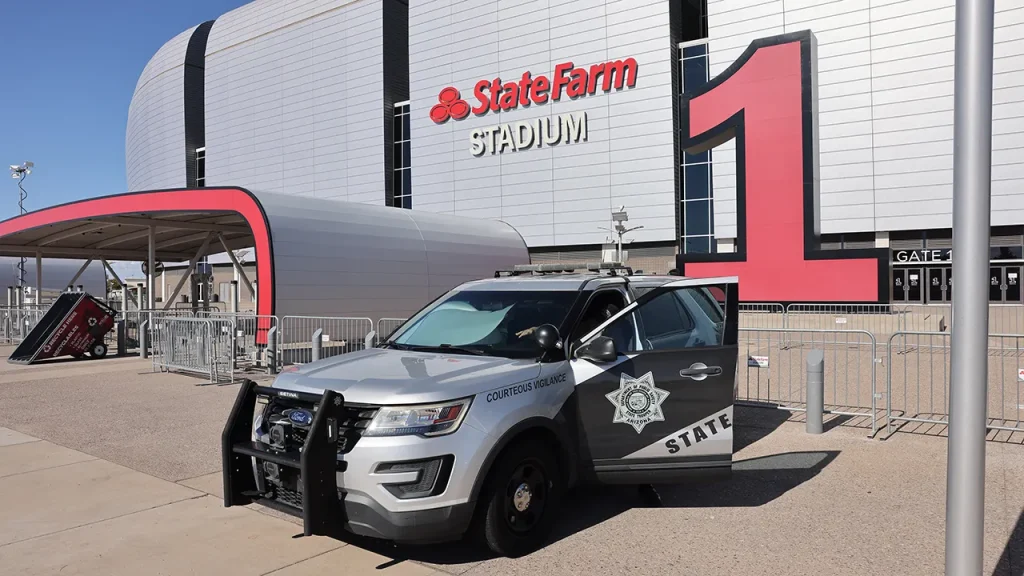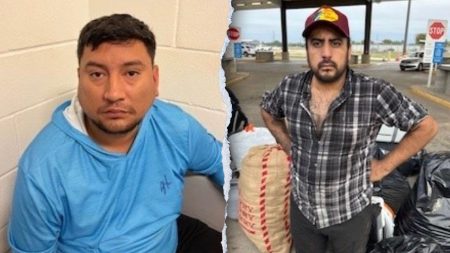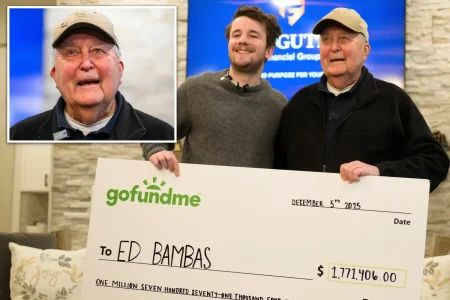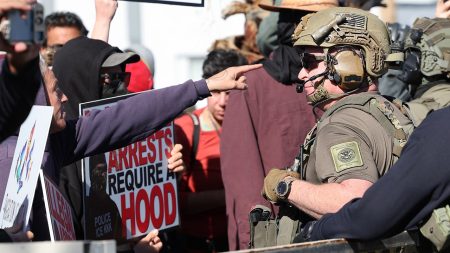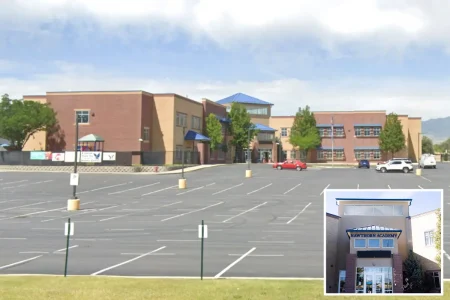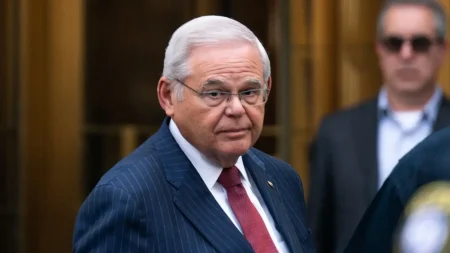Heightened Security for Charlie Kirk’s Memorial Service: A Call for Public Vigilance
As preparations intensify for Charlie Kirk’s memorial service at Arizona’s State Farm Stadium this weekend, security officials are implementing extraordinary measures to protect the more than 100,000 expected attendees. Former NYPD detective and security consultant Pat Brosnan has issued a stark warning to those planning to attend: “Pull your face out of your phone, put it in your pocket. Pay attention.” With the Department of Homeland Security designating the event as a Level 1 Special Event—equivalent to Super Bowl-level security—the memorial has become not just a moment of mourning but a significant security operation. The service, which will honor the conservative leader who was tragically shot while speaking at Utah Valley University, will bring together high-profile figures including President Donald Trump, Vice President JD Vance, and Secretary of State Marco Rubio, creating a gathering that security experts view as a potential target.
The gravity of the situation is underscored by a law enforcement bulletin tracking “several threats of unknown credibility.” As quoted in the bulletin, “Violent extremists and unaffiliated lone offenders may view the memorial service or related events as attractive attack targets due to the attendance of these individuals, other senior U.S. government officials, state and local government officials, and political activists and due to major international media attention.” This assessment has prompted the U.S. Secret Service to take the lead in coordinating a multi-agency security effort involving state and local law enforcement. The comprehensive security plan includes multiple drone units, aerial surveillance, and magnetometer checkpoints throughout the stadium complex. Despite these robust measures, Brosnan cautions that vigilance remains essential: “Even while at the stadium… there could be someone in that stadium who was bent on evil.”
The collective security of the event, according to Brosnan, relies not just on official personnel but on the awareness of every attendee. “The collective eyes and ears of 63,000 – that’s 126,000 eyes, 126,000 ears – they could see or hear something that could be critical,” he explains. This perspective transforms ordinary mourners into an essential component of the security apparatus. Brosnan emphasizes that threat indicators often manifest in behavior rather than appearance, advising attendees to trust their instincts about anything that seems “anomalous or weird or out of character.” His mantra of “See something, say something” takes on renewed urgency in this context, as he insists, “It’s a million times better to report and be wrong than to just suppress it. Don’t be ashamed if you’re wrong. No one will chastise you.” This approach democratizes security responsibility, making every person present a potential defender of collective safety.
While the stadium itself will have rigorous security protocols, Brosnan identifies the areas just outside formal security perimeters as particularly vulnerable. “The parking lot is an absolute petri dish for bad behavior,” he warns, noting that potential attackers might target spaces before the high-level security checkpoints. These vulnerability zones extend beyond immediate proximity to the venue, with Brosnan cautioning that threats could emerge “even near the stadium, within miles, within blocks.” This assessment highlights the challenge of securing not just the event itself but the broader geographic area surrounding it. The security expert’s frank assessment acknowledges the limitations of even the most advanced security systems: “There are weapons that could get past even the most technologically efficient systems out there. The reality is, [those weapons] could get in there.” This sobering reality reinforces his call for constant vigilance from all attendees.
The memorial service takes place against the backdrop of a nation grappling with the violent loss of a prominent political figure. Kirk, survived by his wife Erika and their two young children, was killed last week while addressing an event in Utah. The alleged shooter, 22-year-old Tyler Robinson, remains in custody without bail on murder charges. The tragedy has transformed what would normally be a private moment of grief into a national security event. Erika Kirk is expected to speak at the service alongside the president, vice president, and other dignitaries, adding personal poignancy to an event now surrounded by extraordinary security measures. The combination of personal loss and high-profile attendance creates a complex emotional and security landscape that authorities are working intensively to navigate.
As the day of the memorial approaches, Brosnan’s message emphasizes that security is not merely a technical challenge but a shared human responsibility. His guidance to attendees—to remain aware, to trust instincts, and to report concerns immediately—transforms passive mourners into active participants in creating a safe environment. This approach to security reflects a broader philosophy that in our current era, public safety increasingly depends on collective vigilance. As thousands prepare to honor Charlie Kirk’s life and legacy, they do so under the protective umbrella of formal security agencies but also with the understanding that their own awareness contributes meaningfully to everyone’s safety. In this way, the memorial becomes not just a moment to remember a life lost, but an opportunity to demonstrate how communities can come together to protect one another in times of vulnerability and grief.

